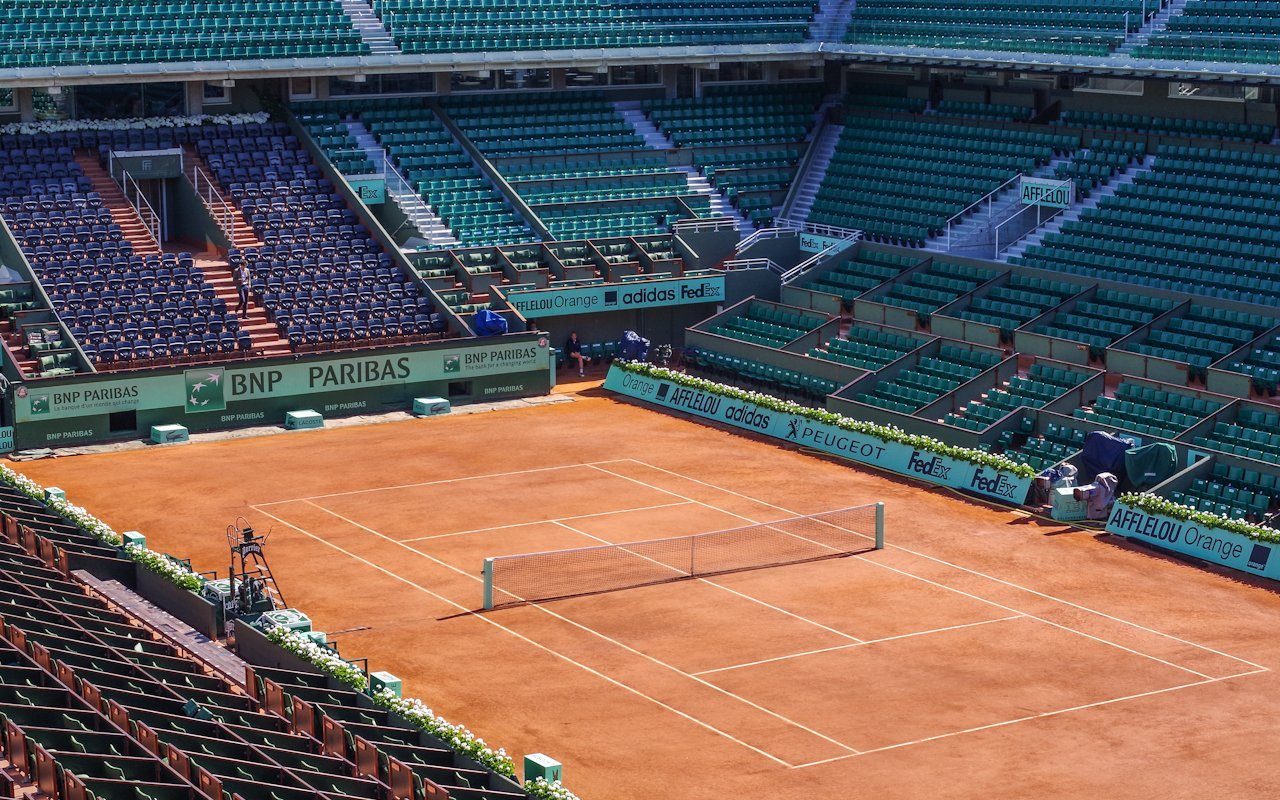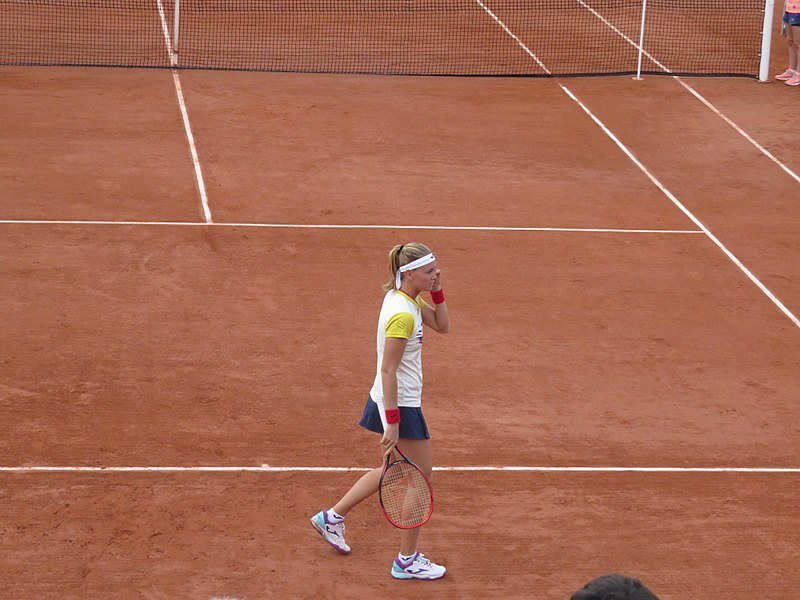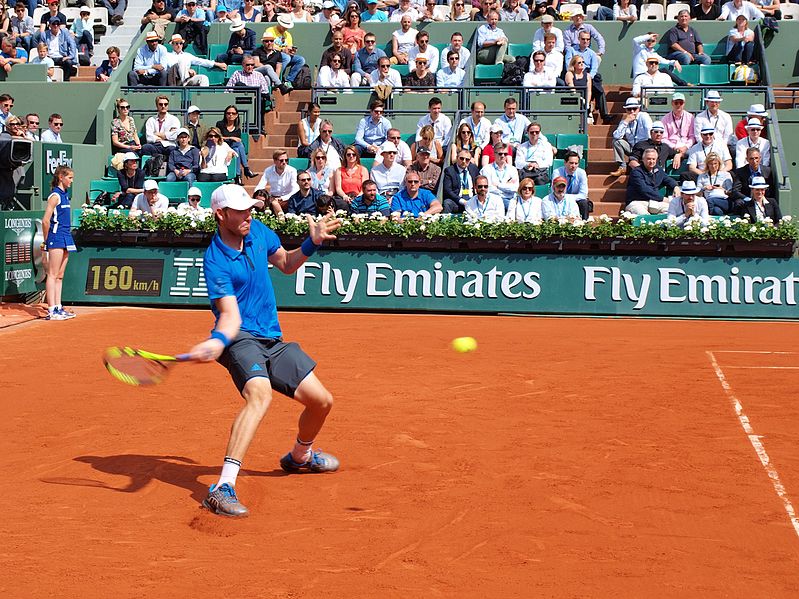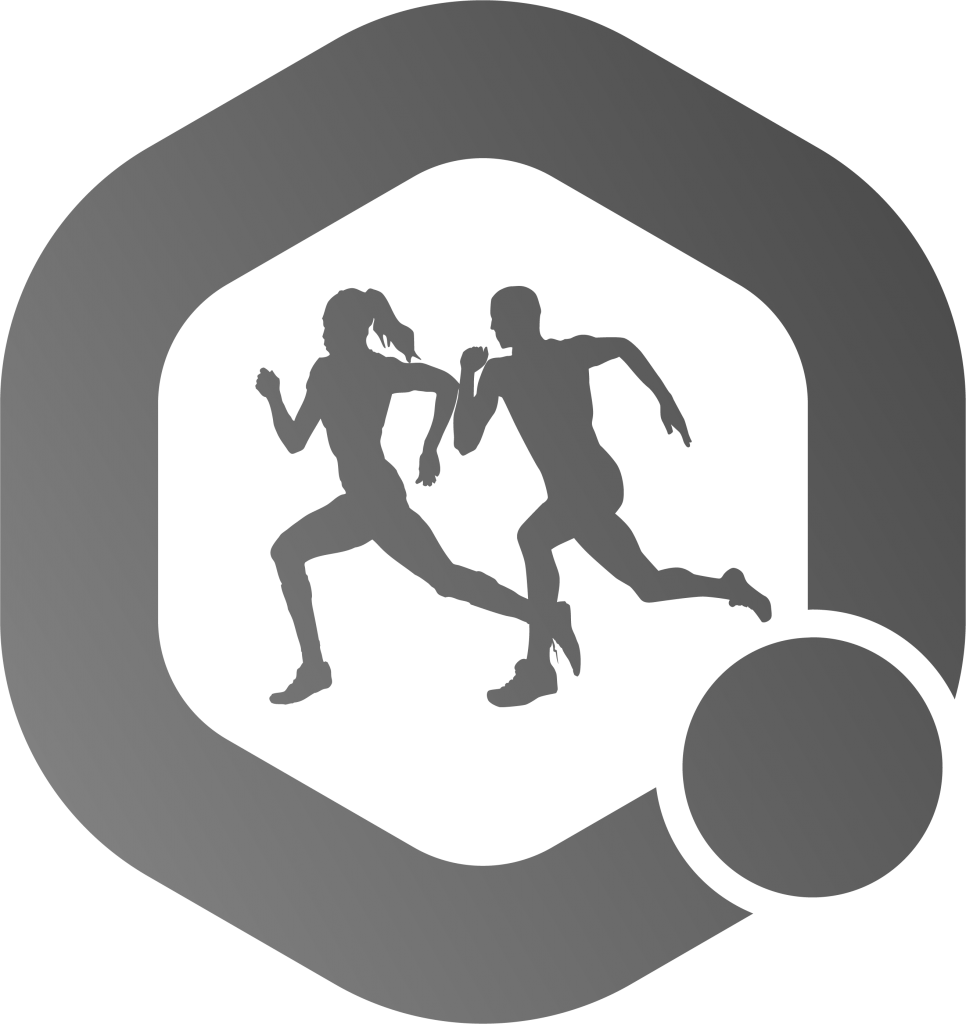Smartphones have taken over traditional laptops and tablets and are becoming more and more versatile in terms of usage. We overview the key points of the role of mobile applications in today’s sports user experiences and test interrelations between variables related to use the smartphone on sporting events and download and use apps for sports consumers in the context of sports, using an example of Roland Garros Mobile App 2018 (RGMA).
This is an extended abstract for the EASM 2020 Virtual Conference (European Association of Sport Management)

Mobile apps became an essential part of sports culture, functioning for all the stakeholders. An app has the capability to bring modifications, giving a next-level fan experience. One of the key advantages of mobile apps is the consolidation of all the services and data in a single “place”.
Access to all information and services is structured in a single system, easily accessible to consumers. Relatively, the moto of the RG Mobile app sounds like “All Roland Garros now in your smartphone”.
It’s an illustration of consolidating all the services and data at a single virtual place, such as mobile applications.
RGMA has been completely redesigned for the RG 2018 tournament, this redesign led to a very late (a couple of weeks before the tournament) release of the app on the Apple store and Google app store.
READ: The rise of competitive sports in England: constructing character & national identity
Users were, therefore, unable to obtain the application until shortly before the start of the tournament. Accordingly, some RGMA functions were probably less successful than initially expected. Overall, the set of RGMA tools and offered functions is quite standard and overlaps with plenty of similar to today’s mobile applications.
Our research incorporated three studies. Initially, using 1000 surveys of 33 questions, we sought to investigate how widespread the use of RGMA 2018 and connected facilities was, and the demographic and behavioural consumption of those participating. We sought to answer two questions in Studies 1 and 2:
1. What are the conditions for developing a connected stadium? What is the audience of the connected stadium and how it’s is affected by the connectivity occurring all the time?
2. What types and forms of mobile apps usage occur in terms of a connected stadium? How digital tools influence consumer behaviour?
The third study aims to test, in greater detail, specific differences in the consumption patterns of RGMA-users and non-users and develop a typology of RG visitors divided by dimension of the approach to use RGMA.
A multidimensional analysis of the conducted questionnaire leads us to develop typology and establish profiles of spectators who have different use and behaviour in the connected stadium of Roland-Garros.
Generally, it was based on the following dimensions: age, country of origin, tennis sports affiliation, technology acceptance, RGMA usage, the intensity of mobile app usage, consumer behaviour, and content publishing/social media sharing.

International tourist: The international tourist represents the large and mixed group of people who come from far away (often outside Europe). Their trip is not centered on Roland-Garros and they are not necessarily tennis fans.But Roland-Garros is a legendary place in Paris, famous throughout the world.
So, they take advantage of the coincidence between their arrival in Paris and the dates of the tournament to visit the stadium and discover the tournament. Typically, international tourists do not take full advantage of the connected stadium experience.
Their connection can be limited and reduced to the wi-fi hotspots of the stadium. But the ticket service is an asset that could still lead them to download RGMA. Their variable appeal for tennis will not cause them to constantly connect to the app or actively post on social media.
The tennis fan: The tennis fan practices the activity regularly in a club or outside federal structures. He follows the competitions and comes to Roland-Garros especially for the tournament. To follow the results of the matches, he has downloaded RGMA in advance that he uses to track the results and the schedule of the matches.
The app will allow him to choose the course on which he will see the matches that interests him the most. Aged between 25 and 40, typically, he is active on social networks and shares his experience with his friends.
The youth: Young people under 25 are certainly more adjusted and attached to connected devices than elders. They are able to easily install and use an application a few moments after becoming aware of its existence if they find an interest.
Regular users of social networks, they publish regularly. The survey questioned a number of young people who were not necessarily tennis fans (partly due to the presence of volunteers and temporary workers). This audience can be very active and responsive on the web but it needs to be seduced by the interest of the activity and its competitions.
The senior: Aged over 50 years, they are numerous among the spectators and are also to practice tennis, including in clubs.
Among this audience, the experience of the sports show remains traditional in the sense that they are more permeable to digital artefacts. Even if very few do not have a data connection on their smartphone, many of them do not want to download RGMA and prefer other channels to follow the competition.
This audience is, therefore, less receptive to transformations of the connected stage or requires more time to be convinced. These four profiles of spectators make it possible to think more finely of the more or less limited effects of the connected stage on the users because all the spectators do not integrate this offer of service in the same way.

They also invite you to think of complementary strategies to help each person improve their customer experience when they come to the Roland-Garros stadium. We concluded that age is a crucial characteristic in terms of using mobile applications. Young people easier accept, maintain and use new digital technologies and know-how to benefit from that.
On average, visitors over 50 are less flexible in the employment of mobile apps and are interested in using it. No doubt, the quality of available internet and continued connectivity occurring all the time are the key conditions for creating a connected stadium.
However, the majority of stadium visitors use their smartphones and keep staying connected on mobile data packages, neglecting stadium wifi. Anyway, the majority of visitors have been using RGMA and then more a visitor is involved in practising tennis, then more active he/she is in the using RGMA.
Tennis fans follow the results of the tournament on RGMA before and after their visit to the stadium, downloading the app in advance, before the coming to the stadium. They are more active in terms of content publishing and social media share, especially in age below 40.
Overall, the main advantage and convenience of a mobile app is a consolidation of all services and information in a single place. It’s smart and comfortable in terms of UX and practical for all stakeholders in terms of CRM and data collection. Smart ticketing option is far from new but highly appreciated by customers, sometimes being a driver for app download.
Real-time analytics is mainly used by tennis fans and increases the probability of a spectator’s decision to change court during the event.

